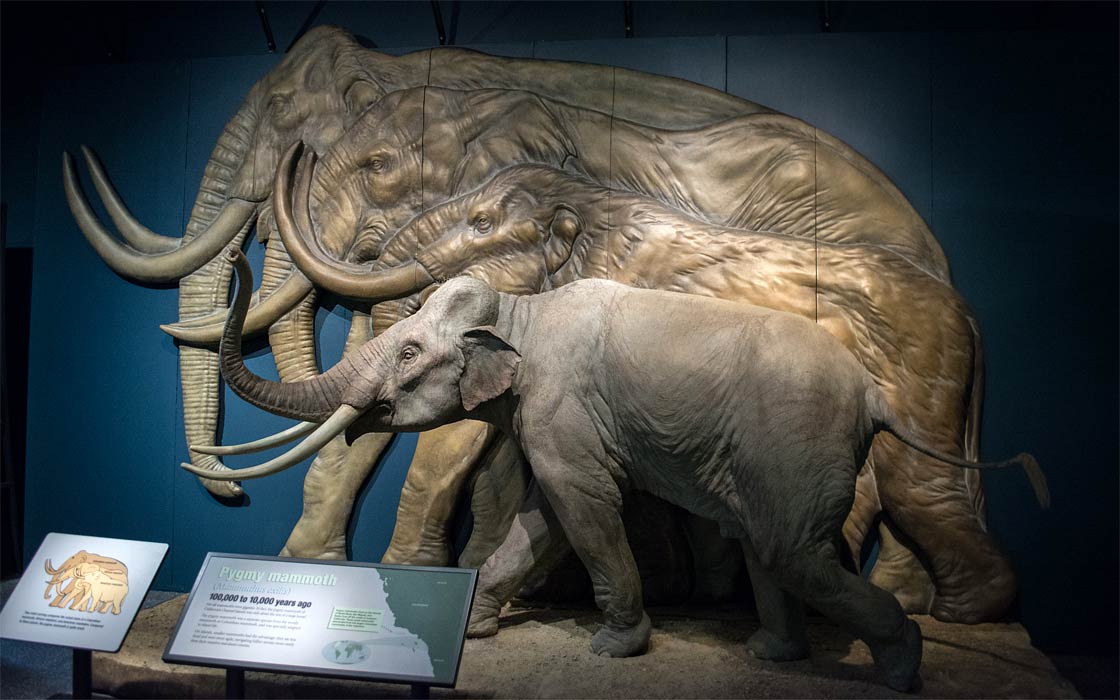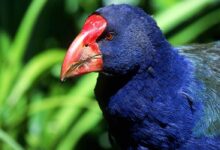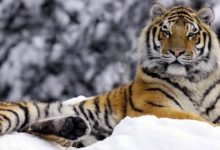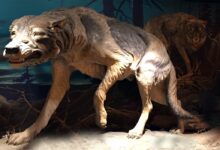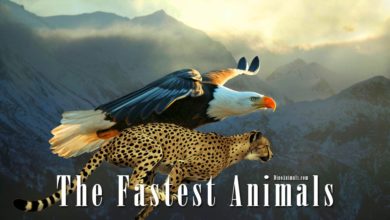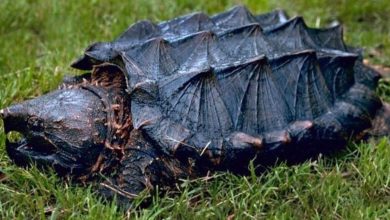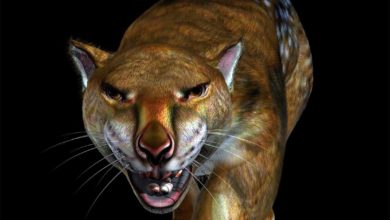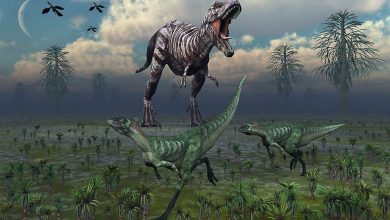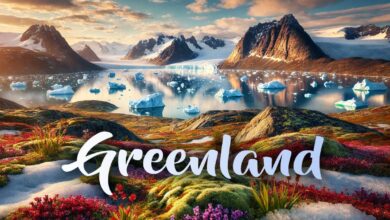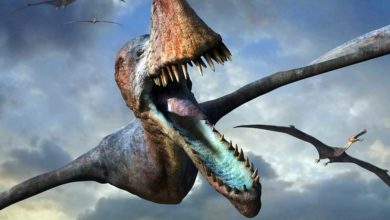Insular dwarfism – an evolutionary phenomenon
Insular dwarfism is a captivating evolutionary process that has puzzled and fascinated scientists for centuries. This remarkable phenomenon occurs when animal species, isolated on islands, evolve to have significantly smaller body sizes compared to their mainland counterparts. From miniature elephants roaming ancient Mediterranean islands to tiny humans discovered on the Indonesian island of Flores, insular dwarfism has produced some of the most intriguing and unexpected creatures in the history of life on Earth.
The concept of insular dwarfism challenges our understanding of evolution and adaptation, showcasing nature’s ability to sculpt life forms in response to unique environmental pressures. It’s a testament to the incredible plasticity of life and the power of isolation in driving evolutionary change. This phenomenon is not limited to a single group of animals; it has been observed across a wide range of species, including mammals, reptiles, and even birds, highlighting its importance as a widespread evolutionary strategy.
Insular dwarfism serves as a natural laboratory for scientists, offering valuable insights into the mechanisms of evolution, the interplay between genetics and environment, and the complex dynamics of island ecosystems. As we delve deeper into this fascinating topic, we’ll explore the causes, examples, and implications of insular dwarfism, shedding light on one of nature’s most intriguing evolutionary puzzles.

Historical Context and Scientific Interest
The concept of insular dwarfism gained scientific attention in the 19th century when explorers and naturalists documented unique flora and fauna on remote islands. The observation that many island-dwelling animals were significantly smaller than their mainland relatives sparked intense scientific interest and research into the mechanisms behind this phenomenon.
Causes of Insular Dwarfism
Insular dwarfism results from a combination of environmental and genetic factors:
- Limited Resources: Islands often have lower carrying capacities, favoring smaller body sizes that require fewer resources.
- Reduced Predation Pressure: Fewer or different predators on islands can lead to selective pressure for smaller body sizes.
- Interspecific Competition: Limited resources may favor smaller body sizes that can exploit different niches.
- Genetic Drift: In small, isolated populations, random genetic changes can significantly influence evolution.
- Founder Effects: The genetic makeup of initial colonizers can shape the evolutionary trajectory of island populations.
- Thermoregulation: Smaller body sizes can be advantageous for heat dissipation in warmer island climates.
- Mobility and Energy Conservation: Smaller sizes may enhance mobility and reduce energy expenditure in rugged or densely vegetated island terrains.
- Sexual Selection: Changes in mating preferences on islands could potentially favor smaller body sizes.
Notable Examples
- Pygmy Hippopotamus: Native to West African rainforests, it’s about one-quarter the size of the common hippopotamus.
- Homo floresiensis: Also known as “the hobbit,” this extinct human species stood just over three feet tall and lived on the Indonesian island of Flores until about 50,000 years ago.
- Darwin’s Finches: These birds on the Galapagos Islands have evolved into about 13 different species, each with a unique beak shape adapted to its diet.

Insular Dwarfism vs. Island Gigantism
While insular dwarfism leads to smaller body sizes, island gigantism results in larger body sizes. Both phenomena showcase how island ecosystems shape evolutionary trajectories.
Similarities:
- Both occur in isolated island environments
- Driven by complex interplay of genetic and environmental factors
- Result in unique adaptations to island life
- Occur over extended periods, often thousands to millions of years
Differences:
- Direction of size change (smaller vs. larger)
- Environmental pressures driving the change
- Underlying genetic mechanisms
- Taxonomic trends (dwarfism more common in large mammals, gigantism in smaller animals)
- Resulting ecological roles and impacts
Factors Influencing the Extent of Dwarfing
- Island Characteristics:
- Size: Smaller islands often lead to stronger selective pressures for smaller body sizes
- Isolation: More isolated islands may experience more extreme dwarfing
- Age: Older islands may show more pronounced effects due to longer isolation periods
- Resource Availability:
- Food and water availability
- Habitat diversity
- Ecological Pressures:
- Predation
- Competition
- Climate
- Species-specific Factors:
- Evolutionary history
- Initial body size
- Generation time
- Genetic Factors:
- Founder effects
- Genetic drift
- Epigenetic factors
- Time:
- Longer isolation periods generally allow for more extensive evolutionary changes
Implications and Significance
The study of insular dwarfism provides valuable insights into broader evolutionary processes, offering lessons about adaptation, speciation, and the relationships between organisms and their environments. This knowledge has important implications for conservation biology, especially in the context of global climate change and habitat fragmentation, which are creating “island-like” environments on the mainland.
Understanding the factors driving insular dwarfism can help predict and potentially mitigate the impacts of environmental changes on species evolution and survival. As such, the study of this phenomenon continues to fascinate scientists and contributes significantly to our understanding of evolutionary biology and biodiversity.

Examples of Island Dwarfism in Animals
- Pygmy Mammoth (Mammuthus exilis)
- Location: Channel Islands off the coast of California
- Description: Evolved from the Columbian mammoth, standing only about 5.6 feet (1.72 m) tall at the shoulder, compared to its 14-foot (4.3 m) tall ancestor.
- Flores Man (Homo floresiensis)
- Location: Island of Flores, Indonesia
- Description: Also known as the “Hobbit,” this extinct species of archaic human stood only about 3.5 feet (1.1 m) tall.
- Dwarf Elephant (Various species)
- Locations: Mediterranean islands including Cyprus, Malta, and Crete
- Description: Several species evolved independently, with some shrinking to the size of a large dog.
- Pygmy Hippopotamus (Choeropsis liberiensis)
- Location: West Africa (not strictly an island species, but exhibits similar dwarfism)
- Description: Weighs 180-275 kg, compared to 1,800-3,200 kg for the common hippopotamus.
- Dodo (Raphus cucullatus)
- Location: Mauritius
- Description: While famous for being flightless, the dodo was also smaller than its pigeon ancestors.
- Balearic Islands Cave Goat (Myotragus balearicus)
- Location: Balearic Islands, Spain
- Description: An extinct bovid that stood only about 19 inches (50 cm) tall at the shoulder.
- Komodo Dragon (Varanus komodoensis)
- Location: Indonesian islands
- Description: While large by modern standards, it’s believed to be a dwarfed descendant of an even larger ancient monitor lizard.
- Channel Islands Fox (Urocyon littoralis)
- Location: Channel Islands off the coast of California
- Description: About 2/3 the size of its mainland ancestor, the gray fox.
- Sicilian Dwarf Elephant (Palaeoloxodon falconeri)
- Location: Sicily
- Description: One of the smallest known elephants, standing only about 3.3 feet (1 m) tall.
- Hoplitomeryx
- Location: Gargano, Italy (a former island)
- Description: A genus of extinct deer-like ruminants, some species of which were dwarf forms.
These examples demonstrate the wide range of animal groups affected by island dwarfism and the significant size reductions that can occur in isolated island environments.

